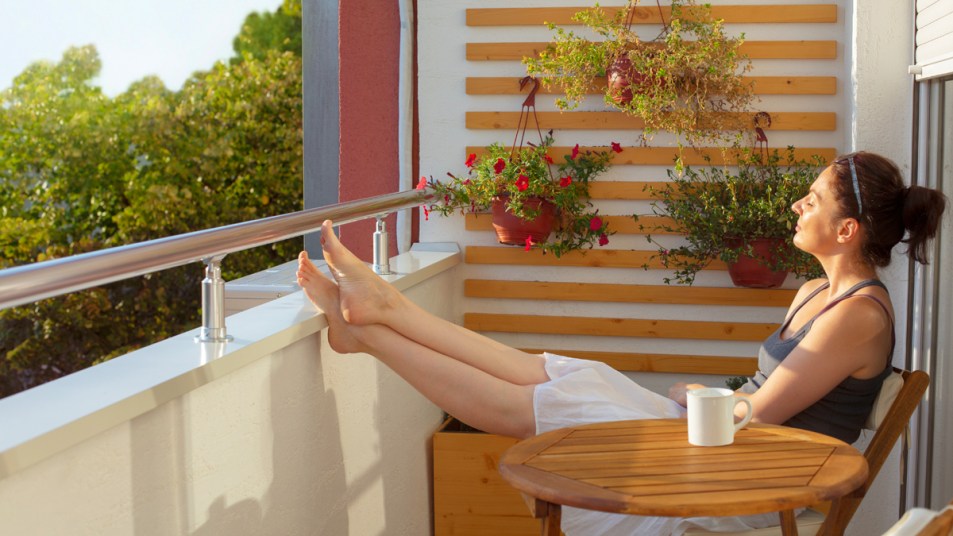3 Simple Daylight Savings Time Tips That Will Make Springing Forward a Lot Easier This Year

Ready to spring forward for daylight savings time? Although we all typically dread setting our clocks ahead, we have some good news about how it might be a little easier this time around.
First, let’s clear up exactly when daylight savings time starts This year, it’s on Sunday, March 14 and officially begins at 2:00 am — which then, of course, gets pushed up to become 3:00 am.
According to Dr. Eve Van Cauter, the chair of Sleep Number’s Scientific Advisory Board, springing forward this weekend will likely be less cumbersome than previous years. “Daylight saving time will be unique this year because many are working from home, people may have more flexible schedules and find it easier to adjust to the time change without the added stress of a commute,” she explains.
She says the same will be true for our kids, too. “Children, who typically don’t adjust well to sleep disruptions, will likely also adjust better to the clock change given many of them are learning virtually and won’t experience the usual hassle to get out the door in the morning.”
That said, if you’re still worried about you or your family adapting to the time change this weekend, Van Cauter also offers a few simple tips that can help:
- Expose yourself to sunlight as soon as you wake up. The morning light exposure will advance your internal clock and stop the release of melatonin, the hormone that signals darkness to our internal organs. This is key to helping your body adjust to the change.
- Physical activity is very important to circadian rhythms and can affect your ability to fall and stay asleep, so it’s important to stay active, particularly in the morning.
- Go to bed 15 to 30 minutes earlier the day before the transition on March 14. Also, set your alarm clock (if you need one) 15-30 minutes earlier.
Van Cauter says the recommended light exposure is especially crucial for keeping our body’s clock synchronized with changes like daylight savings time.
“The human circadian clock is delayed by increased exposure to evening light (as occurs when we switch to DST in spring) and is advanced after more morning light exposure (as occurs when we fall back to Standard Time in fall),” she explains. “The body clock will be temporarily out of sync with the new light-dark cycle and this condition, often referred to as ‘circadian misalignment,’ has well-documented adverse health effects, including on metabolic and immune function.”
Unsurprisingly, daylight savings time has been shown to cause loss of sleep, which then creates problems like brain fog and drowsiness. Van Cauter says research has also linked it to more troubling issues like heart disease, stroke, high blood pressure, and more within the few days after springing ahead. Thankfully, her simple tips above can help us stay well rested and avoid such things.
Van Cauter also recommends upgrading to one of Sleep Number’s smart beds. She explains, “Sleepers who routinely use their Sleep Number 360 smart bed features with SleepIQ technology get almost 100 hours more proven quality sleep per year, so you can feel more rested when waking up.”
But even without investing in a fancy new bed, our “new normal” with flexible schedules, plus focusing on light exposure, regular physical activity, and winding down a little earlier will all help make the change a breeze!













